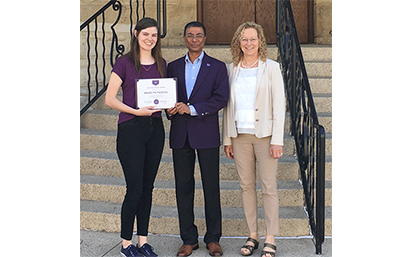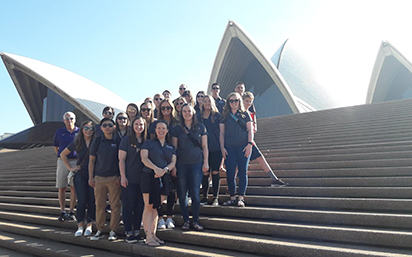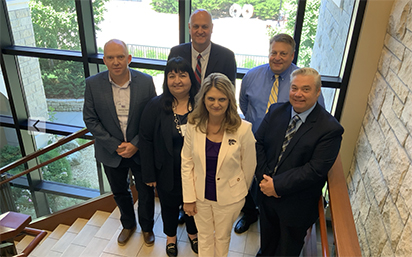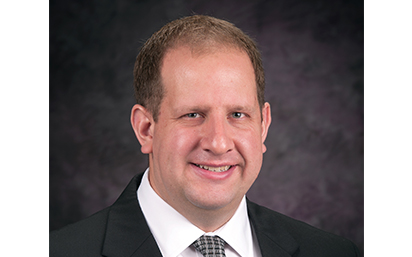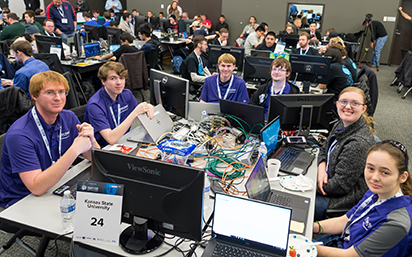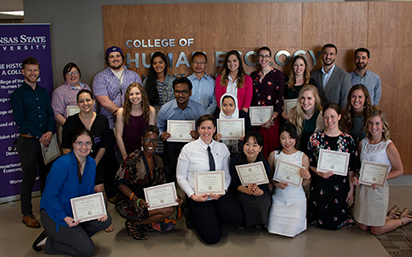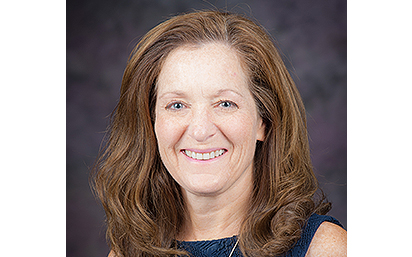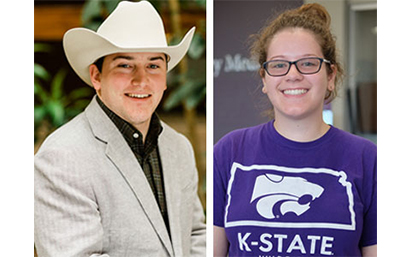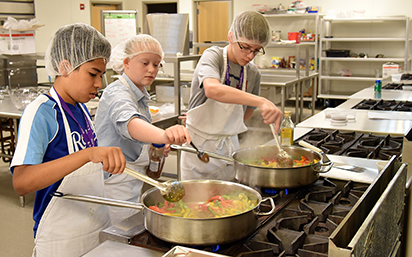
Best of the semester - K-State highlights from January to June
So far, 2019 has been a great year at Kansas State University. From winning a Big
12 Championship to honoring Pat Bosco’s five decades of service, there’s a lot to
celebrate in this spot that we “love full well.”
Here’s a look at the top news stories from this semester at K-State. We can’t wait
for all the great things still to come!
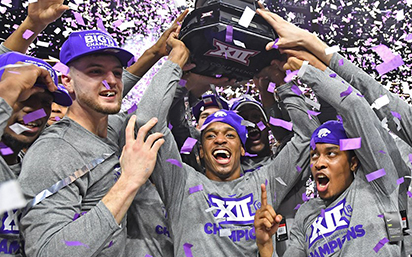
Wildcats celebrate Big 12 Championship
We still can’t forget that feeling of excitement in Bramlage Coliseum as purple and white confetti rained down onto the court and the K-State men’s basketball team lifted the Big 12 Championship trophy high above their heads. The Wildcats clinched the Big 12 regular season title on Senior Day, March 9, with a 68-53 win over Oklahoma in front of a sold-out crowd.

K-State welcomes new head football coach Chris Klieman
“I’m so happy and thrilled to follow a legend in Coach Snyder,” Chris Klieman told Wildcat fans after he was first announced as head coach at K-State. “The opportunity to follow in an icon’s footsteps is something I don’t take for granted and don’t take lightly. I know I have huge shoes to fill, and I’m excited to carry on his legacy.”
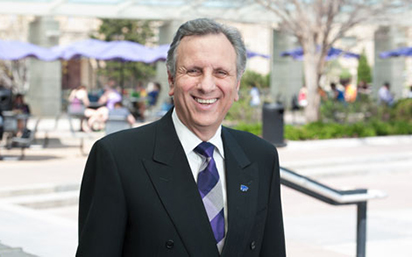
Pat Bosco bids farewell to K-State after five decades of service
He’s one of the most recognizable Kansans in the state…and not just because his car is purple. Pat Bosco ’71, ’73, K-State’s vice president for student life and dean of students, is often one of the first people incoming students and their parents meet. His love of K-State, knowledge of the state and university often endear him to those he meets. Thank you for all your years of service, Pat Bosco!
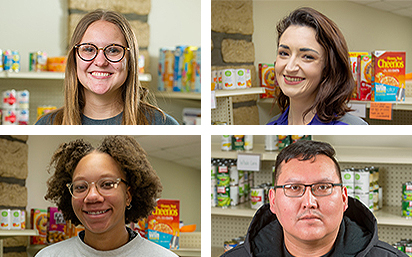
All In for K-State campaign helps Cats’ Cupboard change students’ lives
At first, it might not seem like a simple item such as a box of cereal or a can of vegetables could make a difference in a student’s education. But when a student is struggling with hunger, it’s hard to succeed in the classroom. K-State’s student food pantry, Cats’ Cupboard, is there to help students meet this need. On March 27, K-Staters joined together to help this cause as part of K-State’s first annual day of giving, All In for K-State. Together, 1,436 donors raised $320,560.
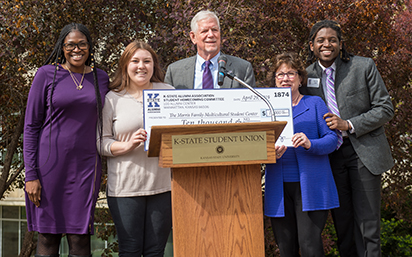
Homecoming Committee donates to K-State’s multicultural center
At the K-State Alumni Association, we love bringing people together, and we’re excited to play a role in the future of the Morris Family Multicultural Student Center on campus. At the center’s site unveiling April 29, the Association and the All-University Homecoming Committee presented a $10,000 check to the center. The funds were raised from proceeds collected at the 2018 Homecoming 5K run/walk.
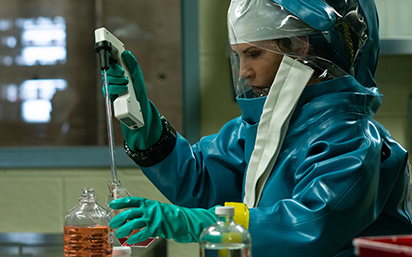
National Geographic’s ‘The Hot Zone’ TV series inspired by real-life K-State Ebola
responders
The recent National Geographic series The Hot Zone depicts true events in 1989 involving a suspected Ebola outbreak in a research facility about 15 miles outside of Washington, D.C. Although this particular strain turned out to be nonlethal to humans, the first responders to the situation did not know that. K-Staters Nancy Jaax ’71, ’73 and her husband, Jerry Jaax ’70, ’72, put their own lives at risk to research and contain the disease.
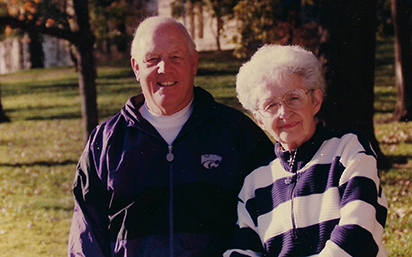
A Wildcat happily ever after: K-Staters share their love stories
We were touched by all the wonderful Wildcat love stories our readers shared with
us earlier this year for an article in At K-State e-newsletter. You can read all the stories that were submitted to our callout in the
February issue.
Read more

Stay connected
Want to make sure you’re caught up on K-State news and events throughout the year? Stay connected to campus
and other alumni by becoming a member of the K-State Alumni Association. We’d love to help you get more involved!
Learn more

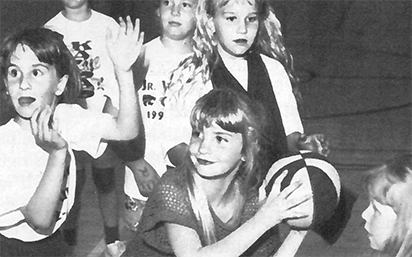
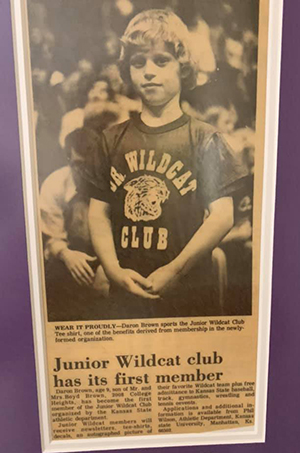

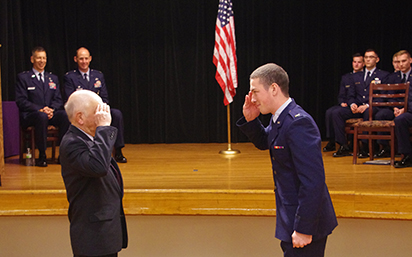 Her son Isaak graduated Summa Cum Laude with his bachelor's and master’s degrees in
architectural engineering and was commissioned into the U.S. Air Force by
Her son Isaak graduated Summa Cum Laude with his bachelor's and master’s degrees in
architectural engineering and was commissioned into the U.S. Air Force by 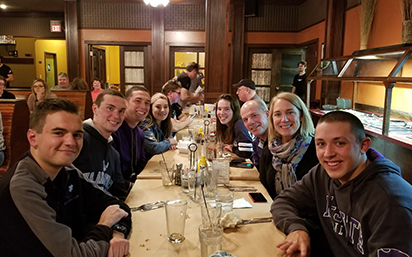 Wherever the future takes the next generation of the Giefer family, they’re sure to
find success. Lieutenant Colonel Todd Giefer’s career is a testament to the benefits
of the K-State and ROTC experience.
Wherever the future takes the next generation of the Giefer family, they’re sure to
find success. Lieutenant Colonel Todd Giefer’s career is a testament to the benefits
of the K-State and ROTC experience. 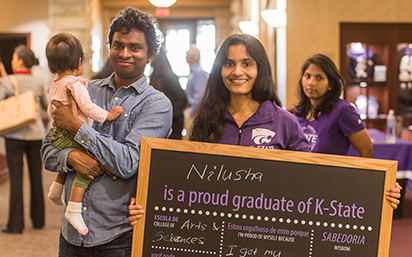
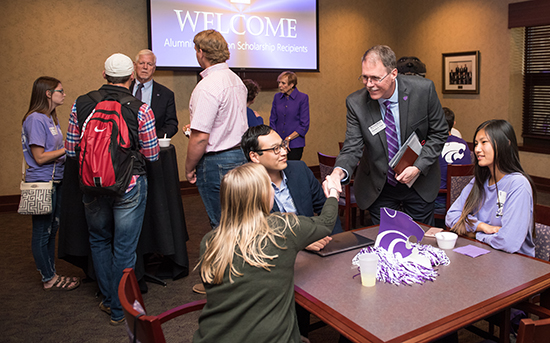
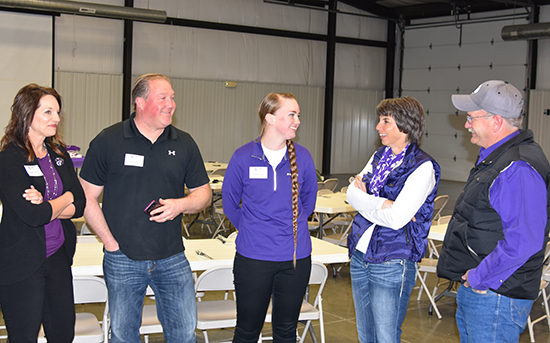
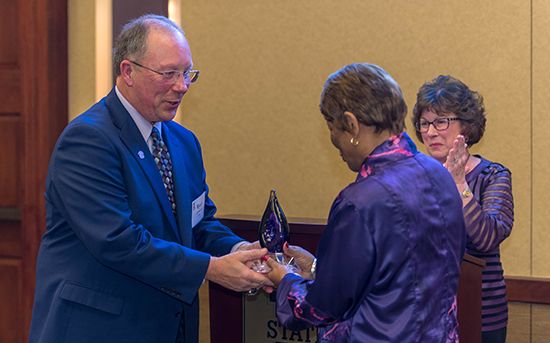
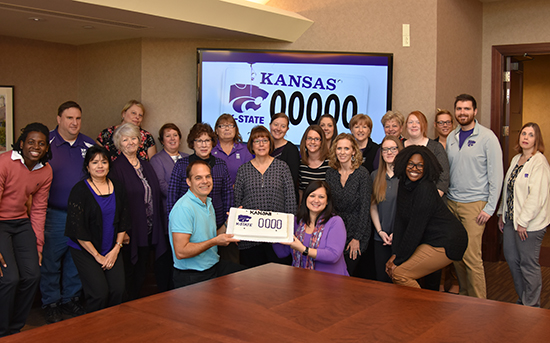
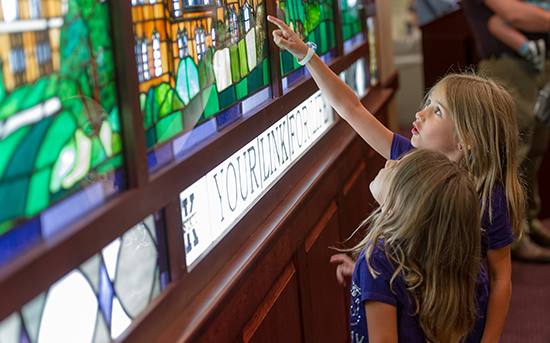
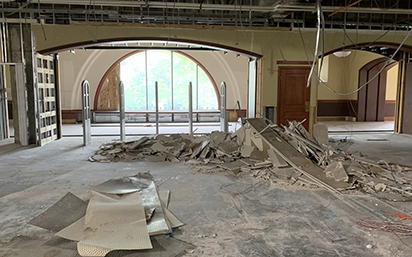
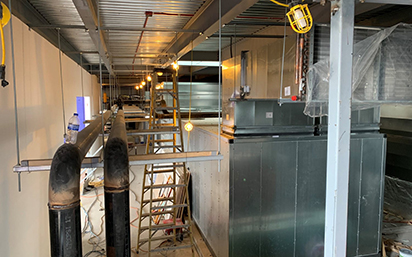
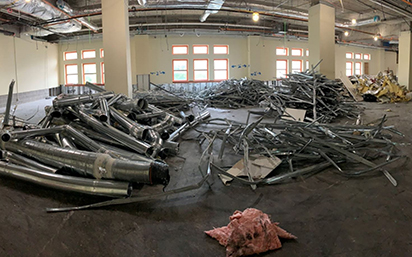
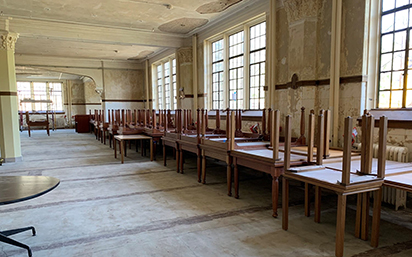
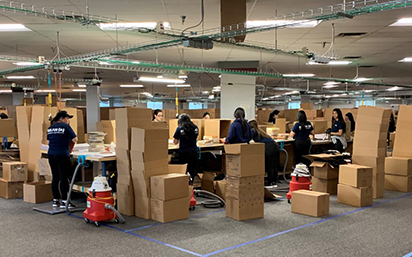

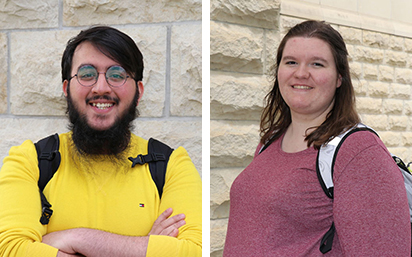

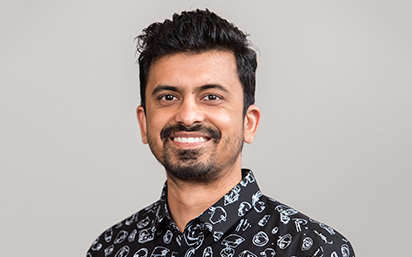 For the second phase, the 55 varieties were narrowed to 12 based on diversity and
dynamic characteristics such as bold flavor, texture and color.
For the second phase, the 55 varieties were narrowed to 12 based on diversity and
dynamic characteristics such as bold flavor, texture and color.
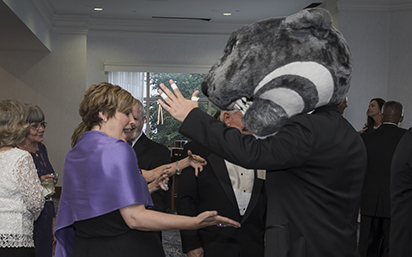
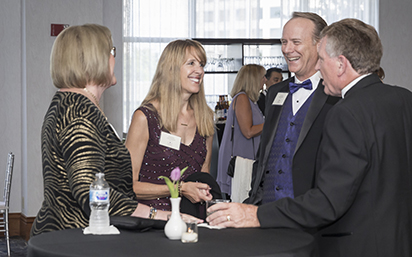

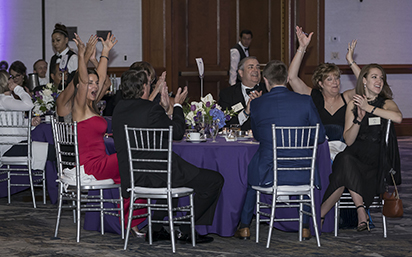
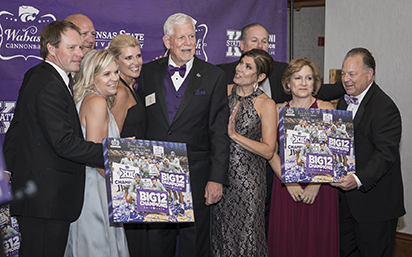

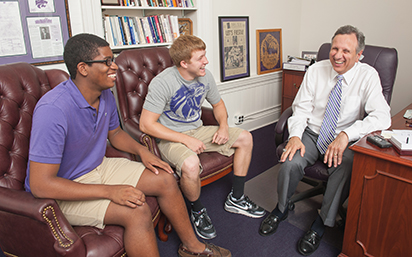
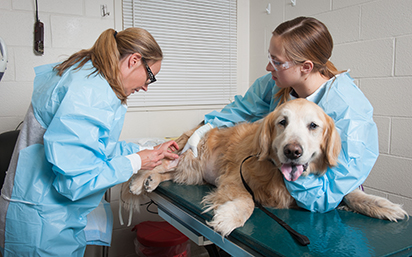 From sunup to sundown for four straight years, veterinary medicine students dedicate
their time to their studies. For the counseling services at the College of Veterinary
Medicine, their time is completely dedicated to those students.
From sunup to sundown for four straight years, veterinary medicine students dedicate
their time to their studies. For the counseling services at the College of Veterinary
Medicine, their time is completely dedicated to those students.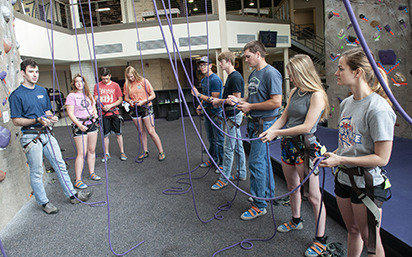
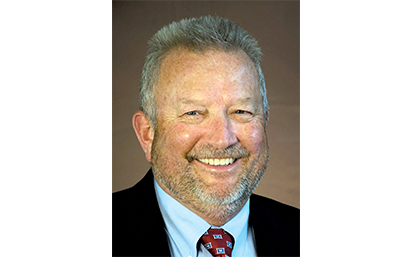
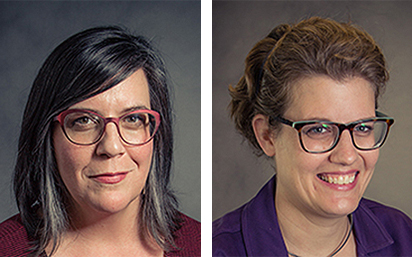
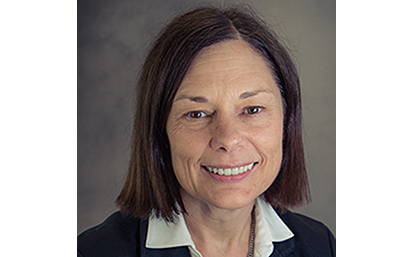 Ewanow received undergraduate degrees in art and psychology from Keuka College in
1975 and went on to complete a Master of Landscape Architecture from State University
of New York College of Environmental Science and Forestry in 1979.
Ewanow received undergraduate degrees in art and psychology from Keuka College in
1975 and went on to complete a Master of Landscape Architecture from State University
of New York College of Environmental Science and Forestry in 1979.
